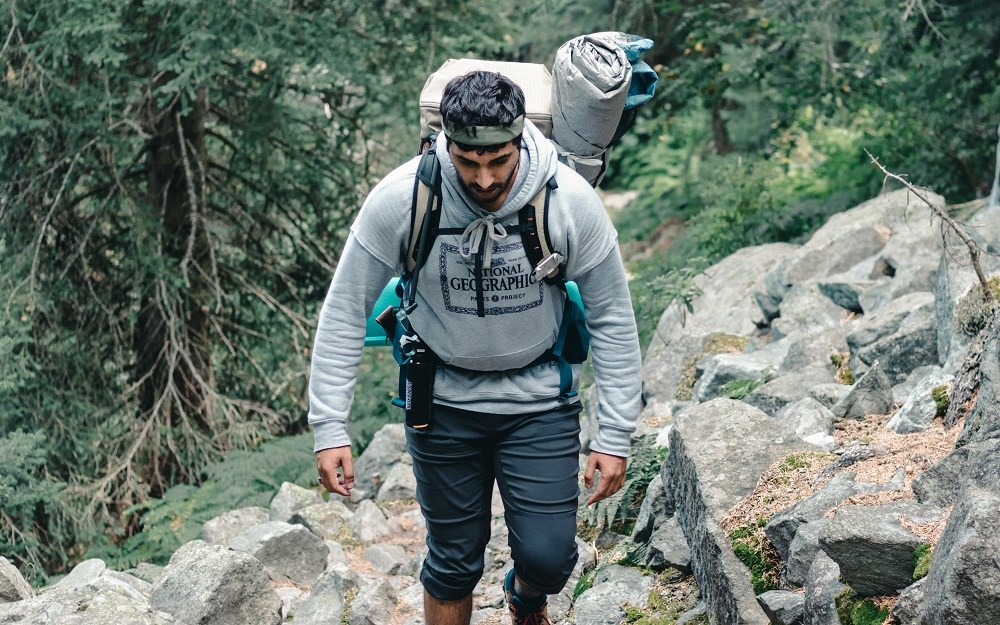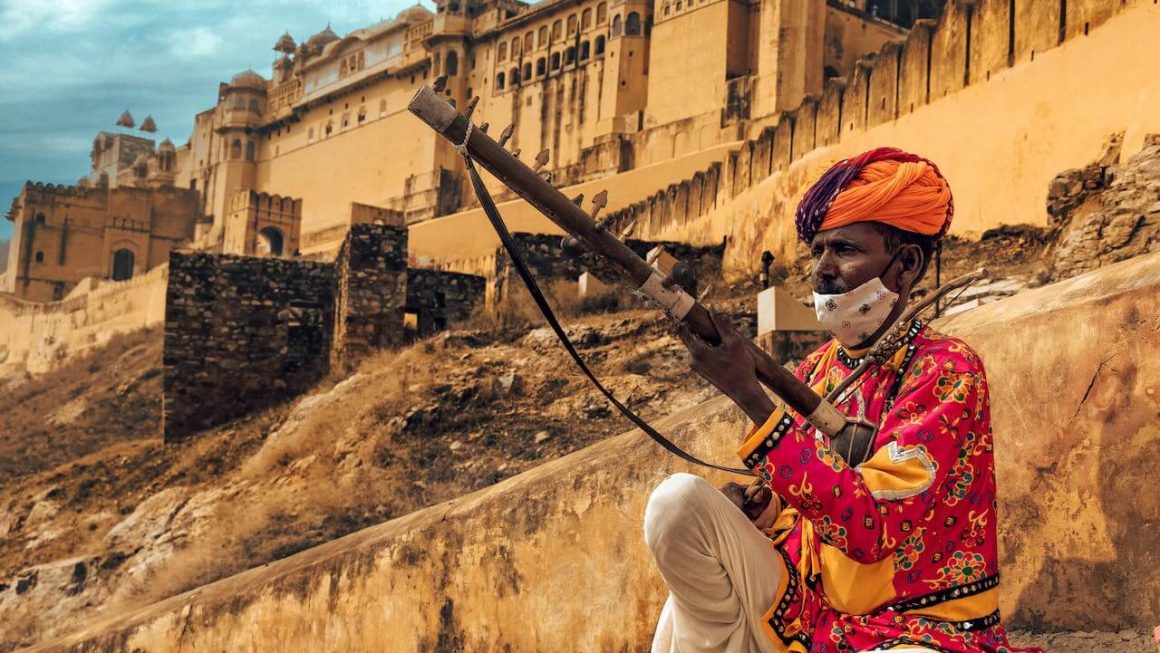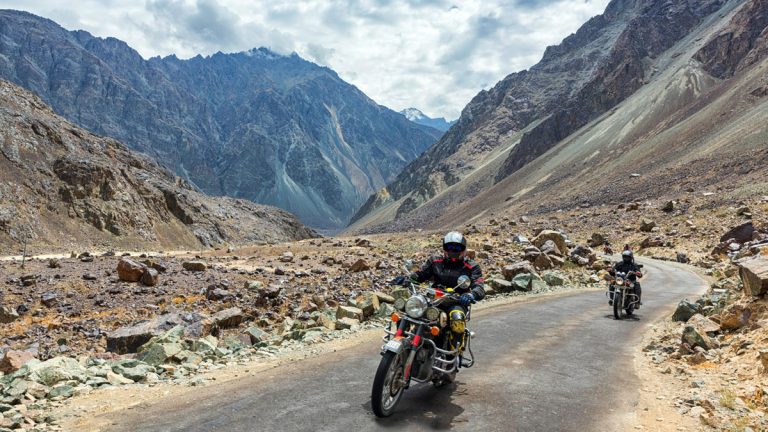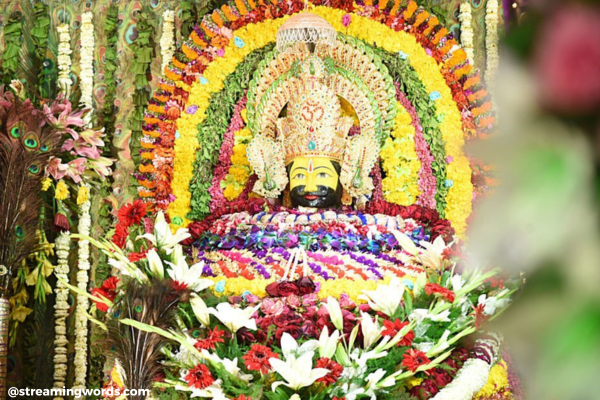Portrait hiking photography is without a doubt the type of photography that appeals to beginner photographers the most. However, making a beautiful portrait hiking photo is not an easy task, even for the most experienced of photographers. To help you get started with a good basics, Dave Spates chosen to put together a handy beginner photographer’s guide for the hiking photography.
Choose the type of portrait you want to achieve
Before you start taking portrait hiking photos, it’s important to choose the right equipment. Choosing an optic alone is half the job. However, choosing an optic adapted to your needs is not necessarily easy. If one would tend to orient one’s choice towards a 50mm, many professional photographers believe that the portrait photo covers a much wider spectrum.
Overall, two options are available to the photographer. A “long distance lens, like 105mm, which will allow you to focus more on details, or a 50 or 85mm lens, which will give a much larger angle. “In the context of a journalistic portrait, we use a wider lens such as a 50mm, this allows to place the person in a situation and to show the environment which surrounds him”. With a 105mm, the photographer will be able to take more artistic photos, giving a better blur effect in the background. A 35mm will allow the subject to be placed in a context in the broad sense, in the middle of a street or a concert hall for example. “There is not just one type of portrait “confirms to us a professional photographer working for years in the sector. “What is important is to adapt your equipment to your needs.”
Communicate with the model in the photo
If taken live, the portrait does not require any communication between the photographer and the model. On the other hand, if it is a shoot, it is better to think about creating a “connection” with his model, whether you know him or not! “For natural portraits, the trick is to speak with the subject of the photo, to make him feel comfortable.” Ideally, make him laugh, give him confidence, and allow him to see the first pictures so that he realizes what he can improve. “It breaks the ice.” Many models also tend to naturally lift the chin. Therefore, it is important to explain to them that it is better to lower your head a little, for a more natural attitude.
Stay outside the subject’s comfort zone
“Each person has a comfort zone that extends all around them”. This area, the photographer may be invited to enter, but it is imperative to keep a certain distance from the subject, otherwise the latter can quickly tense up. Therefore, opting for a telephoto lens or a 105mm can make the task much easier for the hiking photography for a photographer, who will not disturb the model in his private sphere, and will be able to take advantage of this distance to dare more original angles…
Emphasize artistic blur
One of the most important things to consider when capturing a portrait photo is the background. Creating an artistic blur by playing with the field of the image is therefore essential.
“The advantage of a fixed lens like the 85mm or the 105 is that even for an amateur it will be easier to get a portrait of this type since this type of lens automatically reduces the depth of field”.
Sure, it’s possible to retouch images after capture, but doing so requires titanic work and it’s best to go with the right optics from the start.
Playing with light
The most important parameter to consider when capturing a portrait photo is without doubt the brightness. Here again, choosing a very bright optic can simplify the work, but these are often very expensive. Preferably, it is therefore better to choose for a pleasant and well-lit environment, in the frame of a door for example, near a window. Outdoors, it is preferable to avoid overexposure, understand by this the shooting during the midday time, in full sun. For best results, it is better to choose for a shoot on a day when the sun is hidden by a thin layer of clouds. With a cloudy sky, the light will be very soft but also much more natural.
Forget the flash
For beginners, it is better to avoid using a flash indoors or outdoors. On the one hand because the micro-flash integrated into the box is practically useless, on the other hand because when used awkwardly, the flash will tend to saturate the photo. For professionals, the cobra flash is the best option, but rigorous learning is advised before moving into practice.
Focus on the eyes
“When you look at a face, the first thing you look at are the eyes,” “The first contact is always the eyes, even in a photo. And if we look at a photo, and the eyes are blurry, we have a big problem. ” Therefore, it is imperative to focus on the eyes, and not on the nose, forehead or mouth. It may seem like a detail, but it’s a detail that matters. Note also that it is possible to accentuate this focus in post-processing, via image editing software.
Don’t skimp on the number of photos
During a shoot, it is common to take 200 to 300 photos to keep in the end only 20 shots. Keeping your finger on the camera button without changing the viewing angle or posture is no use. What is important is to multiply the postures and ask the model to dare different looks and poses. By using burst mode, the photographer also optimizes his chances of capturing a better photo of the subject, who relaxes as the session progresses.
Take care of its composition
Another important rule to respect during the shooting: it is better to avoid centering the subject at all costs. Ideally, the subject will be significantly shifted to the left or right of the center of the photo. The professional photographer will also tell you that it is better to choose between a very close-up where the subject’s face fills almost the entire photo or a more distant portrait, which is only 1/3 or 2/3 of the photo, to give a dynamic to the visual.
Retouch photos according to your expectations
Three options are available to the photographer on the home stretch. Either, he chooses to keep very realistic photos, which highlight the natural beauty of the subject, but also its flaws, or on the contrary he chooses for a hyper-retouched photo, imitating the results that can be obtained during a fashion shoot, removing imperfections, reducing skin texture with Photoshop and Light room. “But it gives a plastic effect”. Teenagers nevertheless adore these hyper-retouched photos which only show the positive… Finally, it is also possible to accentuate the skin defects by going over HDR and increasing the relief of the photo. We choose for this approach rather in the context of artistic photos or portraits during trips to remote regions.




